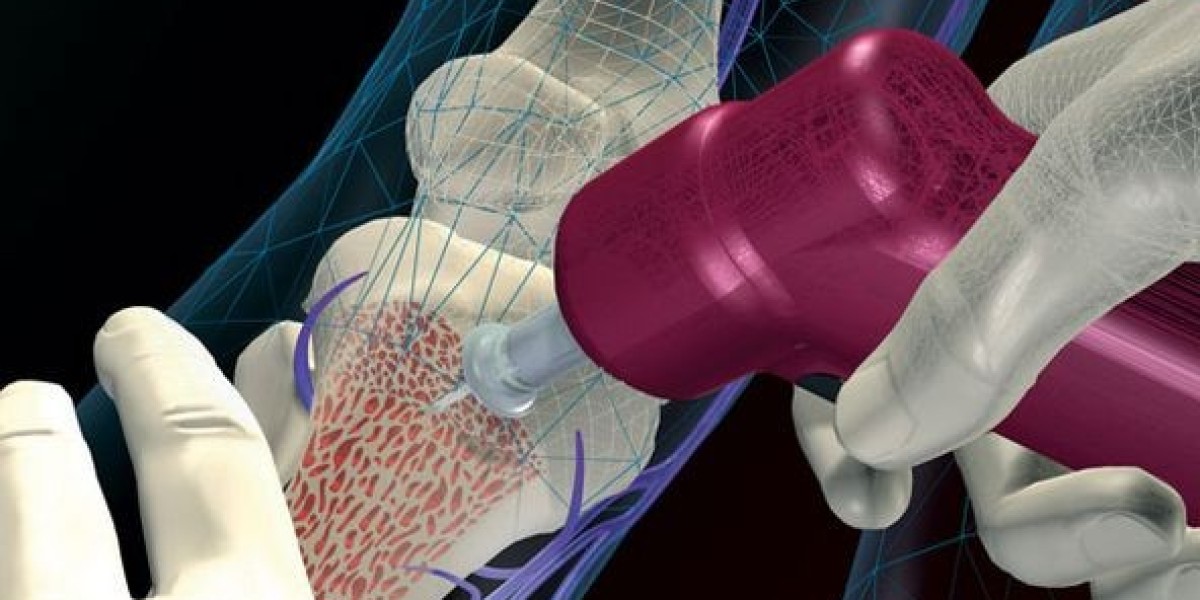Intraosseous infusion devices have revolutionized emergency medical care by providing safe and rapid access to the bone marrow and vascular channels when intravenous access cannot be easily or quickly established. These devices allow lifesaving medications and fluids to be administered directly into the bone marrow and circulatory system during critical situations like cardiac arrest, shock, or trauma when IV access may be delayed.
How intraosseous infusion works
Intraosseous infusion works by accessing the vascular bone marrow inside bones like the tibia or humerus. These devices use an automated needle or trocar to penetrate the bone and enter the medullary cavity. Once properly placed, the intraosseous space provides rapid vascular access similar to intravenous administration. Medications, fluids, or blood products infused via the intraosseous route are absorbed quickly by the bone marrow and distributed systemically within minutes.
Benefits of intraosseous infusion
There are several key advantages of using intraosseous infusion devices in emergency situations:
- Rapid vascular access: Intraosseous Infusion Devices lines can be placed in under 2 minutes, much faster than establishing peripheral or central IV lines in emergency settings. This is critical for time-sensitive conditions like cardiac arrest.
- Works when IV fails: Intraosseous access provides an alternative route when IV access cannot be obtained due to shock, dehydration, or other factors common in trauma patients.
- Effective drug and fluid delivery: Medications, fluids, and blood products infused into the medullary space are absorbed quickly and distributed systemically in a manner similar to IV administration.
- Simple to use: Modern intraosseous infusion devices are automated and much easier for emergency personnel to use compared to older manual bone marrow aspiration techniques. Training requirements are also minimal.
- Low complications: Properly placed intraosseous lines have a low rate of complications like infiltration or extravasation. They provide reliable vascular access with less risk than central lines in critical situations.
Main types
Several types of automated intraosseous infusion devices are currently used in emergency medical settings:
- Battery-powered drills: Early devices like the EZ-IO used a battery-powered drill mechanism to penetrate the bone and deploy a catheter. These devices provided fast placement but required disposable drills and batteries.
- Spring-loaded devices: Devices like the BIG have a spring-loaded mechanism that thrusts a needle/catheter into the bone upon activation. They are compact, simple to use, and avoid battery/power dependence.
- Twist mechanism: Intraosseous devices from Vidacare use a manual twisting motion to penetrate the bone and advance a catheter. They are low-tech and reliable even in resource-limited conditions.
- Automatic needles: Newer automatic needles like the NIO penetrate the bone upon contact with zero input needed from the user. They promise the fastest and simplest placements.
Get more insights on: - Intraosseous Infusion Devices
For Enhanced Understanding, Dive into the Report in the Language that Connects with You:-










